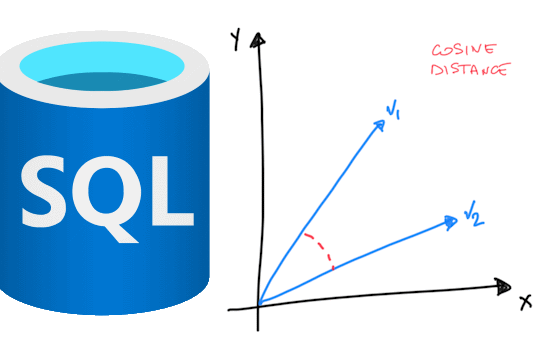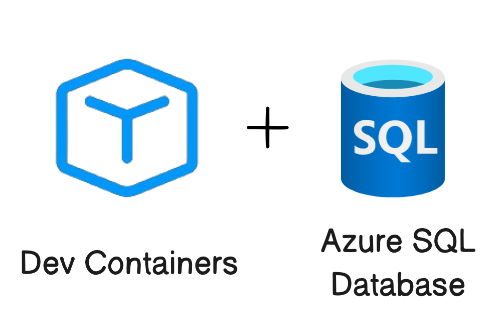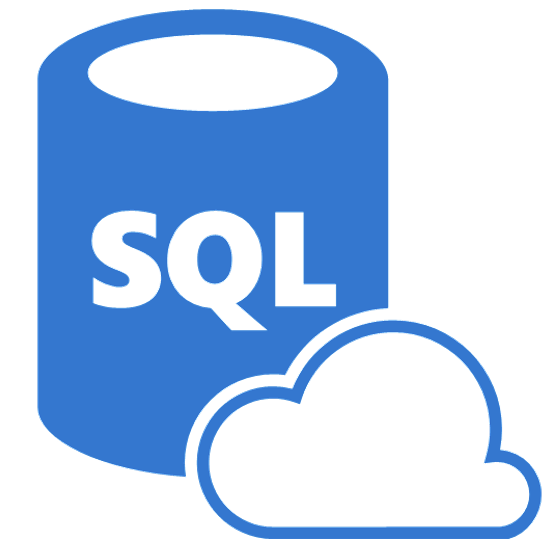Azure SQL Devs’ Corner
Voices from the Azure SQL PM Team, focusing on development and developers
Featured posts

Announcing General Availability of Native Vector Type & Functions in Azure SQL
We are happy to announce that Native vector support in Azure SQL Database and Azure SQL Managed Instance is moving to General Availability this summer. Deploym...
Latest posts

Retrieval Augmented Generation with Azure SQL
Retrieval Augmented Generation, or RAG, is one of the hottest topics at the moment as it opens up the possibility of interacting with data using natural language, which is a long-time dream finally coming true. It is very likely that a lot of your data is already stored or will be stored in Azure SQL, so a common request is to have an example on how to apply the RAG pattern to your own data stored an Azure SQL database. This blog post is all about that. Let's start from the basics and make sure the RAG pattern is clearly understood. RAG Pattern 101 To make the explanation easy to understand, even if y...

Simplify development with Dev Container templates for Azure SQL Database
In today's fast-paced software development landscape, having a reliable and efficient local development setup is crucial. Dev Containers provide developers with a seamless way to build and test applications locally before deploying them to the cloud. We are announcing the Public Preview of Dev Container templates for Azure SQL Database. This release provides pre-configured development environments tailored for Azure SQL Database, making it easier for developers to integrate and work with Azure SQL Database in their projects. In this blog post, we'll explore these new development container templates, discuss th...

Similarity Search with FAISS and Azure SQL
In today’s data-driven world, finding similar items within large datasets is a common challenge. Whether it’s recommending products, identifying similar documents, or clustering data points, efficient similarity search is crucial. This blog post will explore how to leverage FAISS (Facebook AI Similarity Search) and Azure SQL to perform similarity searches on Wikipedia movie plots data. The blog will also cover sample code to help you get started. Check out Data exposed video for quick overview and follow along with the code sample. What is Faiss? FAISS (Facebook AI Similarity Search) is a library that allows d...

Building Course Registration Project with Azure SQL Database
This semester long project was completed by Master's students at Cornell University with mentorship from the Azure SQL database product team at Microsoft. Project Mission The purpose of this project is to design a high-fidelity university course registration system utilizing Microsoft Azure cloud services. Our target audience includes universities given that the intended target users are university students. The final result is a full-stack system consisting of the student frontend perspective and the backend Azure SQL database necessary to support this. Project Goals ...

Unleashing the Potential of Generative AI in Azure SQL Database
Generative AI is not just a technological advancement; it's a paradigm shift that is redefining the landscape of customer interaction. Azure SQL Database stands at the forefront of this revolution, offering unparalleled opportunities to harness the power of "your data" in crafting state-of-the-art applications. As we stand at the cusp of an AI renaissance, it's clear that AI-enabled applications are becoming the new norm, from personal devices to the vast expanse of the cloud. Yet, it's not the technology alone that sets you apart—it's how you leverage it with your unique datasets. Your data is the key to deli...

Announcing UNISTR and || operator in Azure SQL Database – preview
We are excited to announce that the UNISTR intrinsic function and ANSI SQL concatenation operator (||) are now available in public preview in Azure SQL Database. The UNISTR function allows you to escape Unicode characters, making it easier to work with international text. The ANSI SQL concatenation operator (||) provides a simple and intuitive way to combine characters or binary strings. These new features will enhance your ability to manipulate and work with text data. What is UNISTR function? The UNISTR function takes a text literal or an expression of characters and Unicode values, that resolves to characte...

Announcing EAP for Vector Support in Azure SQL Database
We are super excited to announce the Early Adopter Preview of Native Vector Support in Azure SQL Database and are currently accepting requests from customers who wish to participate. Latest update - 06 November 2024 Vector Support is now available as Public Preview! Read the announcement here: Public Preview of Native Vector Support in Azure SQL Database! Access to full documentation here: Vector functions. SQL beyond RDBMS Vector databases have gained a lot of prominence lately. These specialized repositories handle vector data, crucial for applications like semantic search, chatbots, and recommendation ...

What’s a Vector Anyway?
It's a bit of an understatement to say that Artificial Intelligence (AI), and specifically Generative AI, is at the top of every announcement, news feed, article and discussion lately. Not just in technology, but everywhere. There are a lot of things you to learn to understand not just how to use AI, but how it works. One of those things is understanding Vectors. So just what is a vector? In simple terms, a vector is a mathematical object that has a magnitude (length) and a direction. You'll probably remember from math class as an arrow pointing from one point to another on a x, y, and possibly even a z graph ...

Coding at the Speed of Innovation: AI and more with Azure SQL Database
As Build 2024 approaches, the Azure SQL Database team is preparing a great line-up of product announcements. Innovation continues to be a big theme as we prepare to showcase exciting experiences powered by SQL data and generative AI. The ideal starting point for the new generation of AI-ready SQL apps is Azure SQL Database, the fully managed platform-as-a-service (PaaS) database engine that frees developers to focus on innovation. In this post, we recount a few recent announcements plus a free offer and new video resources that can help you get started innovating with AI and Azure SQL Database. Innovate at Hy...
